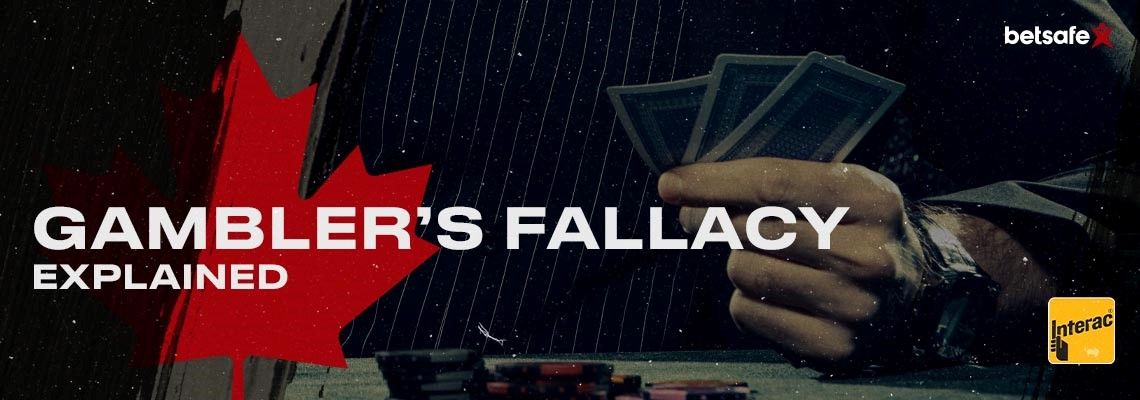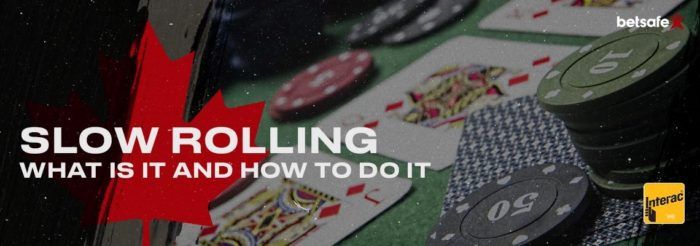Explaining the Gambler’s Fallacy Effect
- The Gambler’s Fallacy is the false notion that if a certain event hasn’t occurred after a long period of time, it must be due “any time now”.
- It’s sometimes paired with the Hot Hand Theory that states that a previous streak must result in a continuation of the same outcome.
Let’s use one of the most basic forms of gambling: the coin toss. Generally, the odds of either heads or tails coming up are 2/1. This remains as true on the 500th toss of a coin as it was on the first. The number of heads that come up between the 1st toss and the 50th is irrelevant.
The reason for this is the following: the ratio of chances for a particular outcome against the chances of another always define the odds. So there’s one chance that heads turns up and one chance for tails. As the coin continues to be tossed, we see an increase in the number of chances, so it would seem that the probability of repeated outcomes reduces.
The chances are progressively multiplied as the coin continues to be tossed. The odds of getting two tails in two tosses are 1/4 (1/2 x 1/2), the odds of getting consecutive tails in three tosses are 1/8, and the odds of five successive tails coming up are 1/32.
The Law of Large Numbers
So when we see a coin come up tails for four consecutive tosses, it would make sense for a player to believe that there’s only a 1/32 chance of it happening again. This is because the law of large numbers says that the greater number of tosses and outcomes that are tracked, the closer the results distribution will be to their theoretical proportions determined by basic odds.
However, there’s no actual reason as to why the first 50 tosses shouldn’t come up as tails, along with the next 50 tosses all coming up heads. This kind of random distribution is a flaw in the reasoning of the Gambler’s Fallacy.
How is the Fallacy Exposed?
Let’s go back to the player awaiting the outcome of the fifth toss of a coin and betting against five successive tails with its theoretical odds of 1/32. What the player likely failed to realize is that the odds were only in place prior to the first toss. After the fourth flip, all previous outcomes (four tails) had now become a single known outcome, which we can think of as (1).
Here’s where the Rule of One comes into play. We simply subtract the odds (1/2) on the subsequent toss from one to calculate the true odds. So the meter is again reset to 1/2, as will always be the case: on the sixth, seventh, and eighth tosses, and so on.
So the Gambler’s Fallacy is basically a false notion that the odds are greater of the next toss being heads rather than tails, as a result of previous tosses, and that future odds can be determined by a run of good luck that occurred in the past.
The Monte Carlo Fallacy
This is another term for the Gambler’s Fallacy that was named after one particular game of roulette that took place in 1913 at Le Grande Casino. This event saw the wheel land on black 29 times in a row. This event achieved iconic status due to the vast amounts of money gambled and lost. Once the 10th black in a row came up, players started to place larger amounts of money on red, as they believed it wasn’t possible for black to continue coming up. Of course, what they failed to realize was that a roulette wheel doesn’t contain a memory bank. With each spin, the odds of either colour coming up remained the same.
The Hot Hand Theory
This phenomenon links closely to the Gambler’s Fallacy. The hot hand theory makes the player believe that the same event will occur, based on previous outcomes of the same result. Using a game of roulette, for example, the ball may have landed on black for 10 consecutive spins. So the player believes that it will likely land on black again, and increase their bet size on that predicted outcome. The false notion is that previous events influence what will happen next. Of course, in live roulette, each spin is independent from the rest, and the odds of the ball landing on black are the same as it landing on red.
The two fallacies can be summed up as follows:
- The Gambler’s Fallacy states that a previous streak must result in a reversal of outcome.
- The Hot Hand theory states that a previous streak must result in a continuation of the same outcome.
Wrap Up
These kinds of fallacies aren’t limited to gaming only, but can also result in poor stock market and investment strategies.
Investors await the reversal of trends using the Gambler’s Fallacy, for example. Other investors might follow the latest “hot tips” guru as a way of applying the hot hand theory. Both players and investors effect of the fallacy remain unaware that only pure mathematics determine the outcome, whether the toss of a coin, the spin of a wheel, or the movement of a stock.






